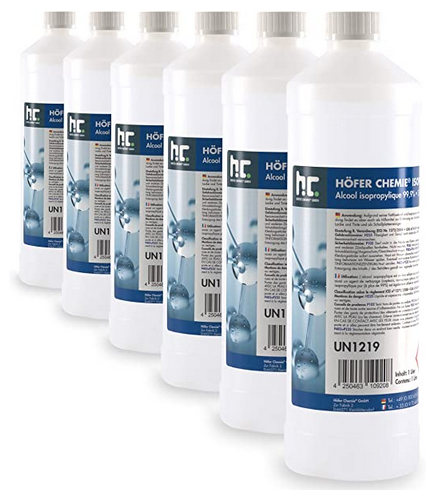E3D Hemera extrusion system
Looking for the latest 3D printer extruder system? The E3D Hemera is a compact, dual drive extrusion system that combines the well-known E3D V6 system with a new 3D printer extruder. This results in a high-quality extruder that can process all your 3D printer filaments, including flexible filament, without any effort.
Highlights of the E3D Hemera
- Direct drive 3D printer extruder
- Only suitable for 1.75 mm filament
- 10kg of pushing force
- Fantastic for flexible 3D printer filament
- Mounted using a T-slot system
- Optimized airflow
- Maximum temperature: 285 degrees Celsius
- 1.8 degree stepper motor
- 1.33A rated current
Dual drive
The filament is guided through the extruder by means of two hardened stainless steel gears. Don't worry about whether corrosive filaments are a problem, because they are not. Thanks to the two gears, gripping flexible filament, among other things, is no longer a problem.
Compatibility
The E3D Hemera can be used perfectly with the other V6 hotend parts from E3D. Regular V6, but also Volcano and SuperVolcano blocks and nozzles will not be a problem to install.
Improved airflow
Due to the unique cooling fins, the E3D Hemera is optimized to blow away warm air from the 3D printer extruder, so you will not get stuck with filament and the 3D printer will not experience cooling due to the installed fan.
Easy to mount on 3D printer
The E3D Hemera can be perfectly mounted on your existing 3D printer using the 4 T-slot nuts that are installed. Due to its good availability, various mounting systems can be found on the internet to attach it to Prusa, Artilley, Creality and other 3D printers. There are also optional T-slots on the sides for attaching fans and other leveling systems.
Bowden 3D printer extruder
As can be seen in the image above, with a Bowden 3D printer extruder the extruder motor is not mounted at the hotend, but elsewhere on the frame. A PTFE tube will be mounted between the motor and the hotend, which guides the filament to where it should go. A Bowden 3D printer extruder has advantages and disadvantages, namely:
Advantages:
- Better and faster 3D prints ; the hotend combination has less weight to move and can therefore move faster, both in acceleration and absolute speeds. This ensures better quality 3D prints that are also often quieter.
- Larger print volume; is not always the case, but often the hotend can be made smaller, resulting in a larger print volume. Manufacturers of 3D printers often know how to deal with this effectively, so you will not often see this difference.
Cons:
- More trouble with stringing; the extruder motor is mounted elsewhere and has some delay because a distance has to be bridged, which can result in some more post-processing in the 3D prints made.
- More difficult to print flexible 3D printer filament; It can happen that flexible 3D printer filament gets stuck in the PTFE tube between the extruder motor and the hotend. Because it is soft material, it can get into places where you would rather not have it.
- More powerful 3D printer extruder motor needed ; Because it has to push more material, this motor often needs to be larger than 3D printer extruder motors on direct drive setups. This is often not a problem, but it does require more power.
Direct drive 3D printer extruder
A direct drive 3D printer extruder has the extruder motor mounted directly on the moving hot end, as shown in the image above. This motor is often mounted as close as possible to the nozzle to keep the distances small. What advantages and disadvantages does this setup have?
Advantages:
- More 3D printer filaments to print; Due to the short distance between the extruder motor and the hotend, flexibles and other softer materials can be printed without problems, often with more reliability and without experiencing stringing.
- More reliable 3D prints; Because there is less that can go wrong in the PTFE tube between the motor and the hotend due to the distance, you generally also get a more reliable 3D printer.
- Smaller 3D printer extruder motor required; Because the distance to be bridged is smaller than with a Bowden setup, the 3D printer extruder motor can often be made smaller, resulting in less power in the 3D printer.
Cons:
- More maintenance; Because the entire hotend is often full and is built quite close together, it requires more frequent maintenance. It is less easily accessible, so it can be a bit more work
- Lower 3D printer speeds; Because the hotend has become heavier, slower speeds can be achieved than on a Bowden 3D printer extruder. More vibrations and noise are often the result of this.
Conclusion 3D printer extruder types
As can be read, both 3D printer extruders have advantages and disadvantages. If you want to go for speed, a Bowden setup is often more interesting. With a delta 3D printer it is often necessary to do this, due to the amount of movements that the 3D printer has to perform. With a CoreXY 3D printer this will be less important and you can do just fine with a direct drive 3D printer extruder. Also look at the materials you would like to process on your 3D printer and make your choice based on that.



